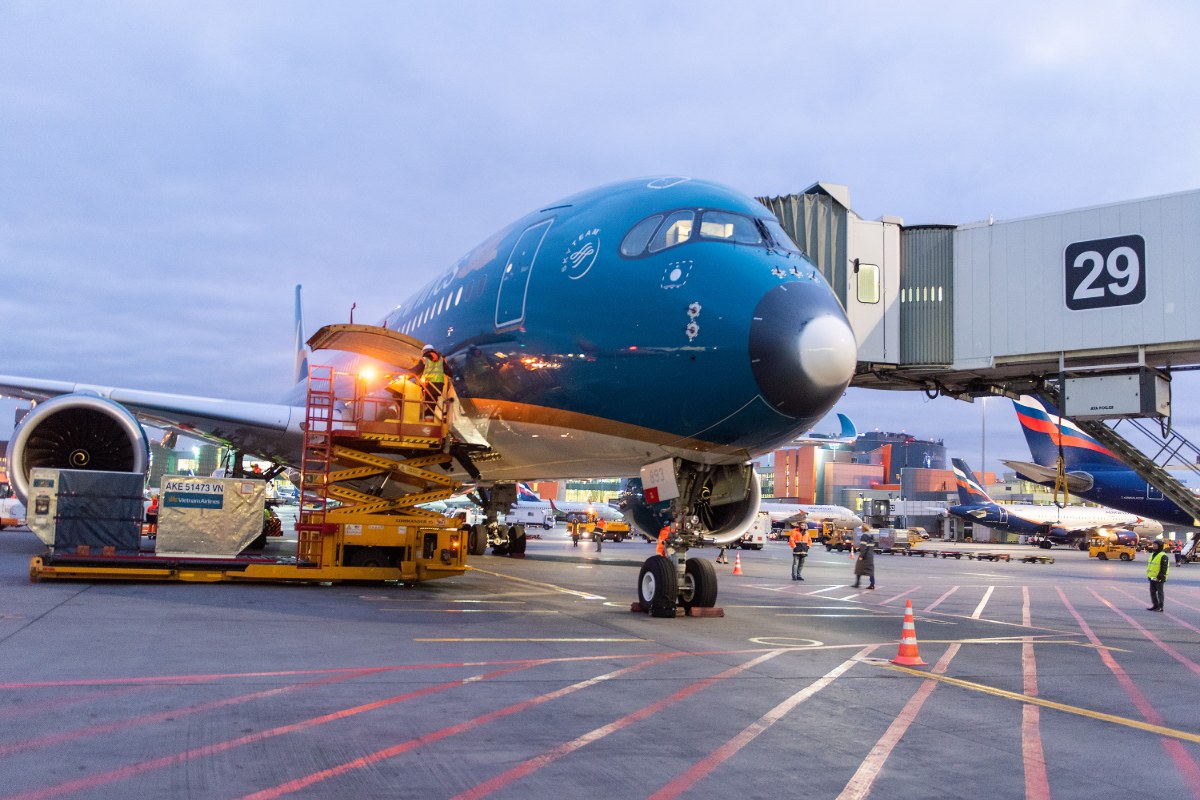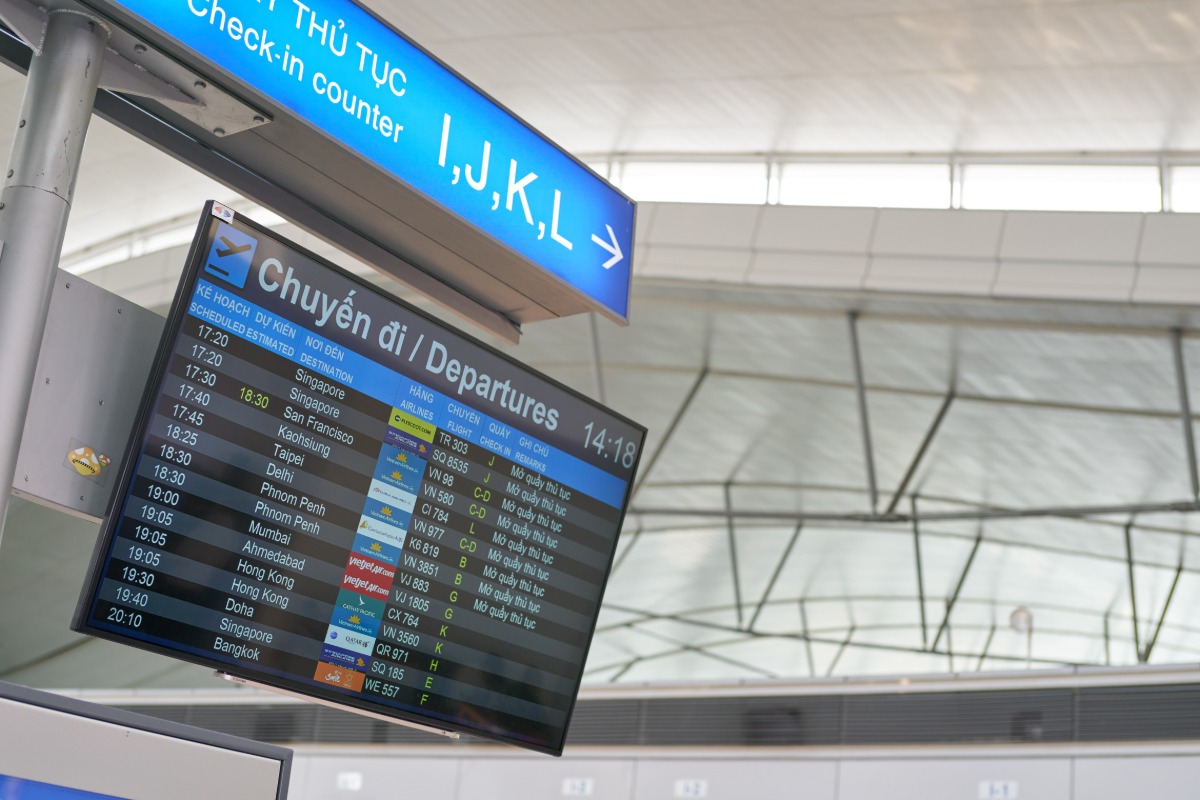
The need for airport expansion and upgrades has become urgent to ensure passenger capacity, boost trade, and support economic development. Vietnam's government aims to expand airport capacity to 275.9 million passengers by 2030, but with public funds covering only 65.8 per cent of the needed capital, attracting private investment remains a challenge. While models like Van Don Airport show promise, most projects lack private sector participation.
According to Dr Chu Thanh Tuan, Associate Program Manager of the Undergraduate Business Program at RMIT Vietnam, despite the government’s push for aviation privatisation, key barriers still deter investors. “Attracting private investment isn’t just about capital. It’s about ensuring a secure and sustainable environment for investors,” Dr Tuan said.
Vietnam’s aviation boom is evident in its steadily rising passenger numbers. In 2019, before the COVID-19 pandemic, 116 million passengers passed through Vietnamese airports, and this figure is expected to surge over the next decade. However, key airports, particularly Tan Son Nhat and Noi Bai, are already operating beyond their intended capacity.
 According to Dr Tuan, Vietnam’s airport infrastructure is struggling to keep pace with demand, with key hubs like Tan Son Nhat and Noi Bai operating beyond capacity. (Photo: RMIT)
According to Dr Tuan, Vietnam’s airport infrastructure is struggling to keep pace with demand, with key hubs like Tan Son Nhat and Noi Bai operating beyond capacity. (Photo: RMIT)
Large-scale projects have been proposed to alleviate congestion and accommodate future demand. Yet, with multi-billion-dollar investment costs, these projects cannot rely solely on public funds. Although the government has encouraged the public-private partnership (PPP) model, private sector participation remains limited.
According to Dr Tuan, while PPPs offer a viable pathway, the current investment climate is still unattractive to many private enterprises. “Aviation PPP projects in Vietnam have yet to truly entice investors due to several challenges, including high investment costs, long capital recovery periods, regulatory uncertainty and restrictions on foreign ownership,” he said.
Aviation infrastructure demands huge capital with a long payback period, making it less attractive to private investors. Construction costs range from hundreds of millions to billions of US dollars, yet revenue takes years to materialise. According to Dr Tuan, aviation projects are riskier than other industries due to capital recovery periods of 15 to 30 years. “Few businesses are willing to invest in projects with such prolonged returns, especially post-pandemic,” he said.
 High investment costs and long capital recovery periods, spanning 15 to 30 years, deter private investors from entering Vietnam’s aviation sector. (Photo: fifg - stock.adobe.com)
High investment costs and long capital recovery periods, spanning 15 to 30 years, deter private investors from entering Vietnam’s aviation sector. (Photo: fifg - stock.adobe.com)
Beyond financial risks, regulatory instability further deters investors. Although PPP policies exist, frequent legal changes and inconsistencies create uncertainty for long-term commitments.
“Without a clear, stable framework, companies will hesitate to invest in this high-risk sector,” Dr Tuan said.
This uncertainty is compounded by foreign ownership limits, with Vietnam capping foreign airline stakes at 34 per cent, significantly lower than Thailand and Indonesia (49 per cent) and the Philippines (up to 100 per cent).
“Foreign investors need control for long-term profits, but a 34 per cent cap offers little incentive,” he said.
Even when investors show interest, slow approvals and land acquisition issues often delay progress. Bureaucracy and lengthy site clearance processes have stalled major airport projects, some of which were approved years ago but still face significant setbacks. These challenges make Vietnam’s aviation sector a high-risk, low-return investment for many private enterprises.
To improve the investment climate and encourage greater private sector participation, Dr Tuan suggests a series of reforms focused on regulatory clarity, financial incentives, investment openness and streamlined land clearance process.
 Streamlining regulations and increasing foreign ownership limits could make Vietnam’s aviation sector more attractive to private investors. (Photo: Heorshe - stock.adobe.com)
Streamlining regulations and increasing foreign ownership limits could make Vietnam’s aviation sector more attractive to private investors. (Photo: Heorshe - stock.adobe.com)
First, Vietnam needs to strengthen the legal framework for PPP, ensuring consistency and transparency in investment policies. “The government needs to provide clear regulations, avoid sudden policy changes, and simplify administrative procedures to accelerate project approvals,” Dr Tuan said.
Second, financial incentives should be made more attractive to mitigate investor risks. Dr Tuan recommends introducing measures such as tax exemptions, preferential financing schemes, and revenue-sharing models.
“Reducing financial burdens in the early stages of operation can make investment in aviation infrastructure more appealing,” he added.
Third, Vietnam should consider raising the foreign ownership limit in aviation infrastructure projects to 49 per cent, aligning with other Southeast Asian countries like Thailand and Indonesia. This would help make Vietnam a more competitive destination for international investors.
Finally, streamlining the approval and land clearance processes is essential to reduce delays and build investor confidence. “The government must establish a faster land clearance mechanism, ensuring that sites allocated for aviation infrastructure projects are handed over on schedule to prevent delays in private sector involvement,” Dr Tuan said.
If Vietnam can implement these reforms, private enterprises will have stronger incentives to invest in aviation infrastructure, contributing to the long-term growth, resilience, and modernisation of the country’s aviation sector. “There needs to be significant policy changes to turn this sector into a truly attractive investment opportunity,” he said.
Story: Quan Dinh H.
Masthead image: hit1912 - stock.adobe.com
Thumbnail image: fifg - stock.adobe.com
It is not “AI versus humans”, but AI empowering humans to deliver intelligent, personalised, and inclusive banking experiences.
Five finalist teams from Ho Chi Minh City, Hanoi and Gia Lai showcased tech-driven business ideas inspired by Vietnam’s cultural identity at the RMIT Business Plan Competition 2025 Grand Finale.
The dominance of foreign-invested companies in Vietnam’s high-tech sector limits technology spillovers and domestic productivity gains, according to researchers from The Business School at RMIT Vietnam.
Extreme rainfall and successive storms are reshaping Vietnam’s flood risks, prompting experts to call for a more proactive and coordinated approach to disaster management.